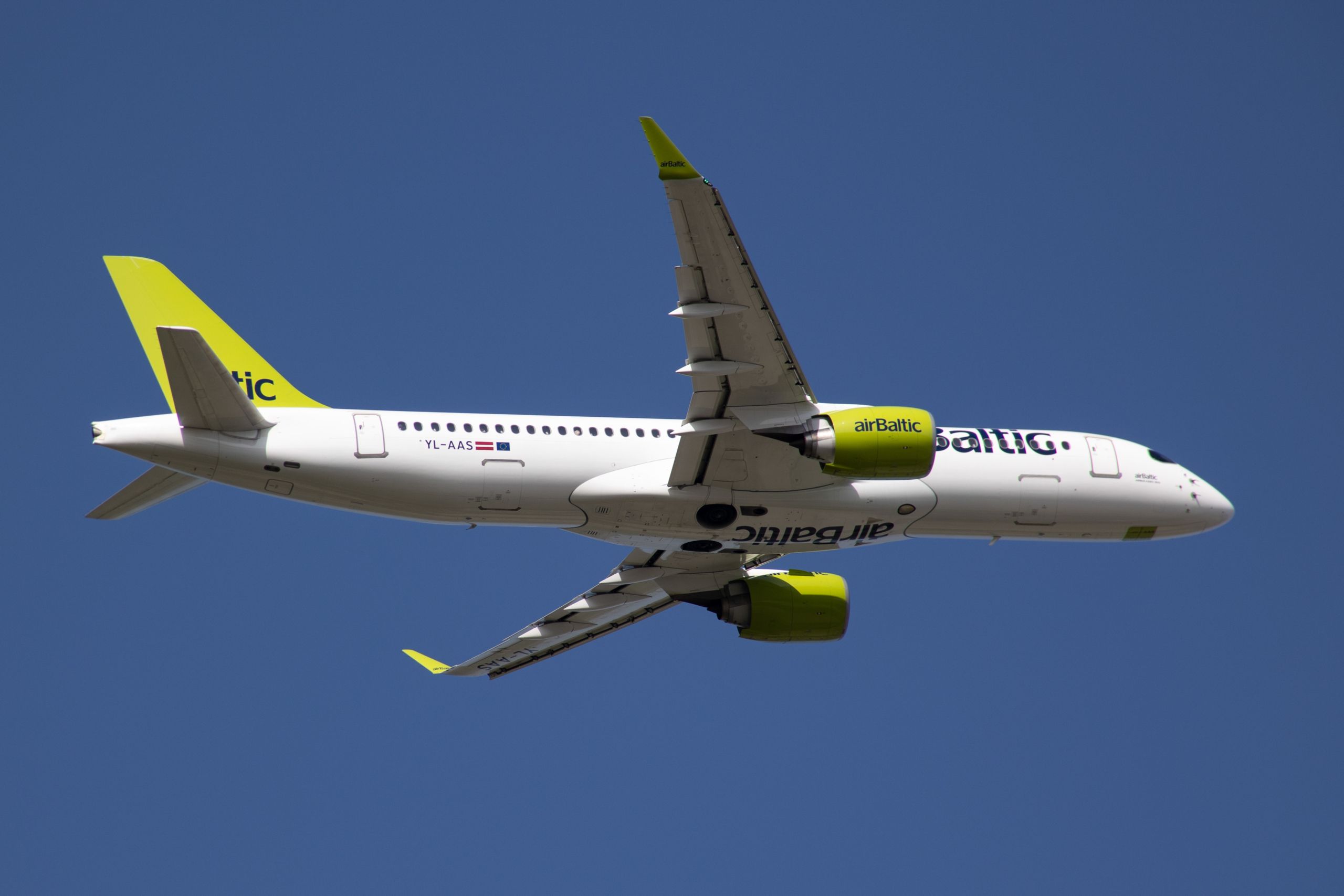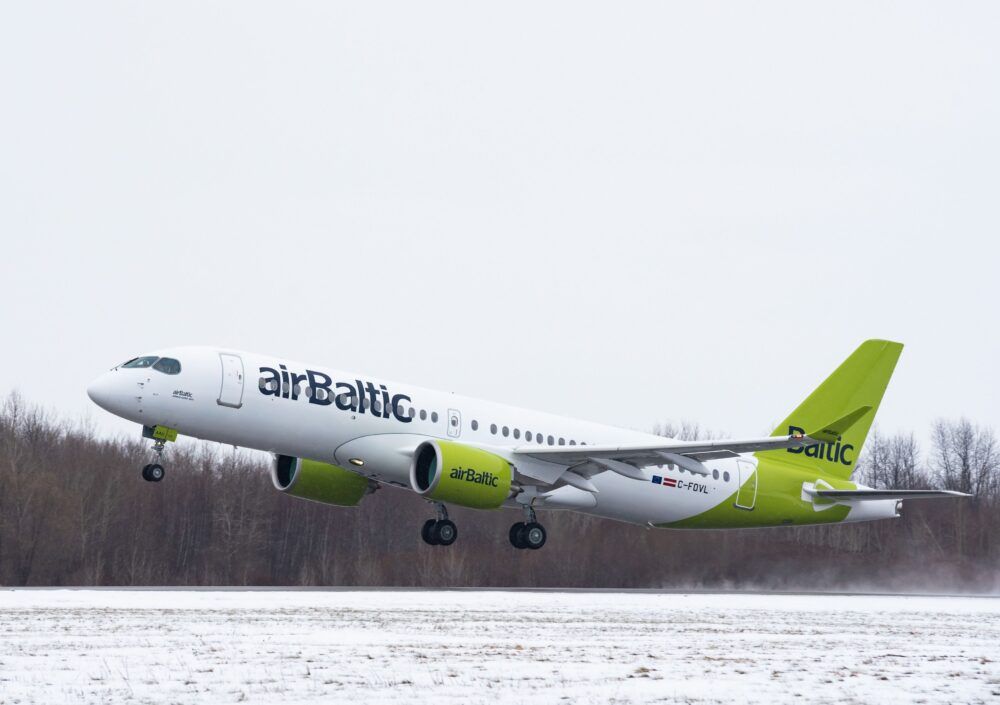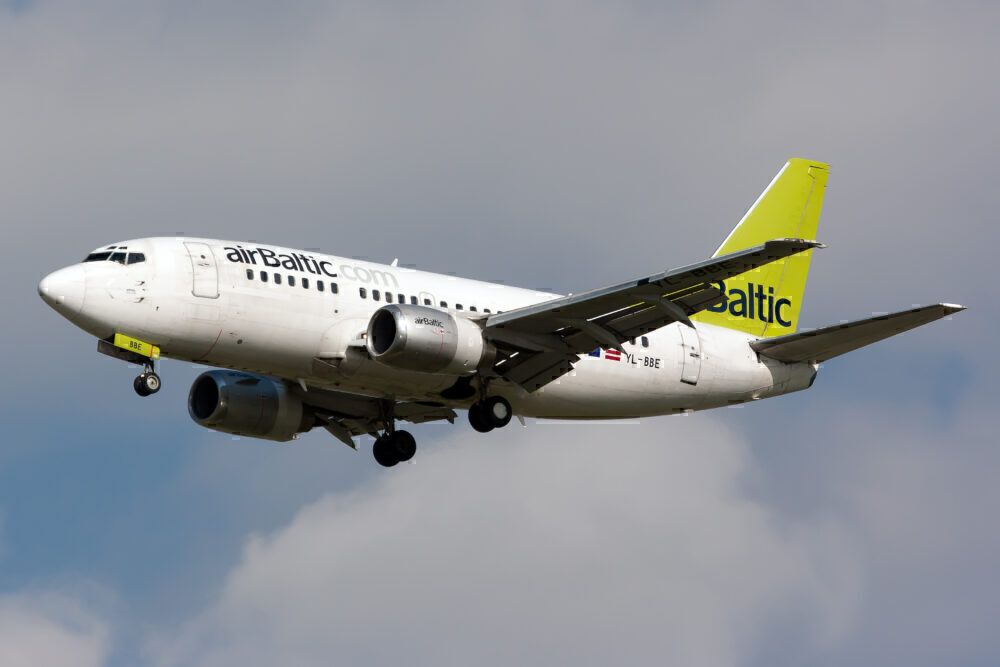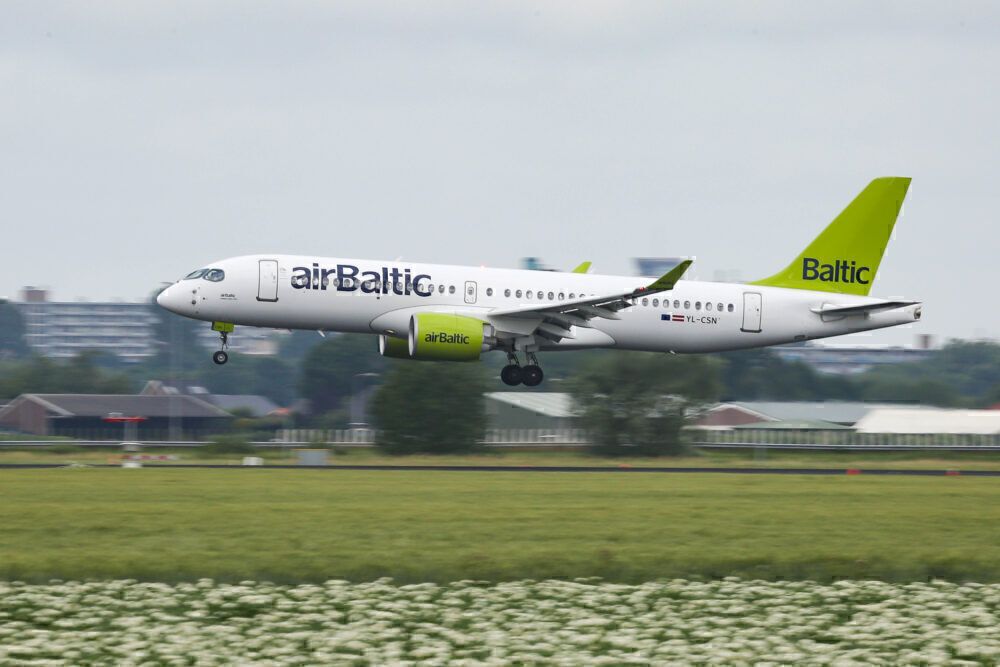The past 18 months have, of course, been disastrous for airline finances globally. We are starting to see improvements in 2021, however. The latest figures from airBaltic show an improving situation, after cost-cutting measures in 2020. It still reports significant losses for the first half of 2021, but this is a major improvement over 2020.
Losses for the first half of 2021
airBaltic released its unaudited financial results for the first six months of 2021 on August 27th. Overall it saw a net loss of €61.5 million ($72.3 million). This may seem like bad news, but when compared with the reported losses of €184.8 million ($217.3 million) for the same period in 2020, it is a vast improvement.
Lower revenue and passenger numbers
Impressively, these reduced losses come despite a continued reduction in passenger numbers and revenues. Revenue for the first half of 2020 was €50 million ($58.8 million). This is down 40% from the €82.5 million ($97 million) for the same period in 2020. Passenger numbers were down 59% from 0.8 million in 2020 to 0.3 million in 2021.
Commenting on these latest figures, Martin Gauss, Chief Executive Officer of airBaltic, said:
"Even though our revenue in the first six months of 2021 has further decreased, this summer has seen more promise, as we managed to carry a larger number of passengers than in summer months of 2020 and reduce our net loss three times compared to the six months of 2020.”
Major losses in 2020
These 2021 figures are best seen in context with last year. Many airlines suffered significant losses in 2020, with the pandemic suddenly impacting passenger numbers, sales, and already committed operational plans.
Overall, airBaltic reported a loss of €246.6 million ($295.3 million) for the whole of 2020. This was a massive increase over 2019 when it experienced a loss of €9.1 million ($10.9 million).
Of course, this loss was driven by the pandemic. Passenger numbers fell by 73% from 2019 levels, with revenues down 72%.
Stay informed: Sign up for our daily and weekly aviation news digests.
Cost reduction working
As the pandemic hit, airBaltic responded with several cost-cutting measures. It cut staff by around 30% to 1,200 by the end of the year. But most significantly, it ended 2020 as an all-Airbus airline with just the A220-300 aircraft.
In 2020, it retired the Boeing 737 and the Q400 to focus on just one aircraft type. The Q400s were all dropped in March 2020, with the last 737-300 leaving the fleet in December after a shutdown during the pandemic.
Deliveries of new A220 have continued, with four new aircraft delivered in 2021 and three more expected by the end of the year. It has taken delivery of two new aircraft just in August. This takes airBaltic's A220-300 fleet to 29, with 21 more on order.
Martin Gauss has expressed his positivity going forward, saying:
"With the significant cost reduction carried out in 2020 and focusing only on the Airbus A220-300, we are now in a much better position for the future return to normal. airBaltic’s core vision for the future remains the same – to be the number one carrier in the Baltics, providing the best connectivity to and from the region."
airBaltic is certainly emerging as a very different airline post-pandemic. Feel free to discuss these changes, or future prospects for the airline, in the comments.




